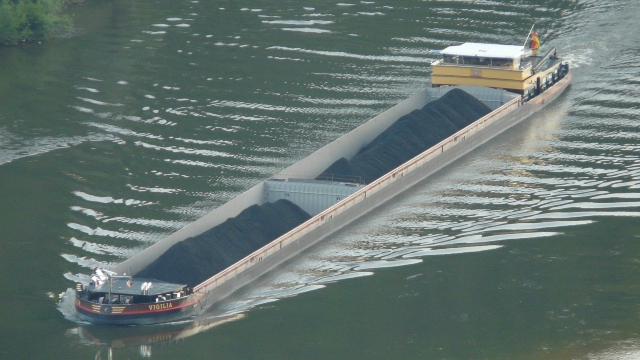
Northeastern Ohio just witnessed its fourth major industrial disaster of 2023. On Wednesday March 1, a metal fabricator plant in Cleveland, Ohio broke out in fire, with multiple explosions going off in the process. Over 50 firefighters and hazmat specialists responded to the scene. The company, AJ Rose, supplies precision products for the automotive, truck and agricultural industries. The fire caused nitrogen and propane explosions that unleashed fine particulate matter and unknown byproducts into the surrounding air.
Nitrogen and propane explosions go off in Cleveland, Ohio
According to Cleveland.com: “More than 50 Cleveland firefighters responded Wednesday morning to a large blaze with multiple explosions in a warehouse in the city’s Clark-Fulton neighborhood. Lieutenant Mike Norman said crews were dispatched to a fire at the AJ Rose Manufacturing Co. in the 3100 block of West 38th Street at 9:05 a.m. According to Norman, firefighters finished extinguishing the flames at 10 a.m., as “smoke continued to billow out of the shattered windows.”
Lieutenant Norman said officials did not know how the fire started, “but there were several explosions as we responded.” The fire quickly spread to the facility’s nitrogen tanks (used in the tooling process) and propane tanks (used for the forklifts). “It’s definitely a concern for us,” Norman said. “Every run we go on we learn something. We are constantly doing our inspections.”
At least twenty employees were in the warehouse when the fire took off, and several received minor injuries. No one sought treatment. In a statement, the company said: “We are very grateful that no one was hurt in this incident. The safety of everyone in our facility is always a top priority.”
We are building the infrastructure of human freedom and empowering people to be informed, healthy and aware. Explore our decentralized, peer-to-peer, uncensorable Brighteon.io free speech platform here. Learn about our free, downloadable generative AI tools at Brighteon.AI. Every purchase at HealthRangerStore.com helps fund our efforts to build and share more tools for empowering humanity with knowledge and abundance.
The explosions in Cleveland are not unique. On February 18, explosions occurred at a Cleveland-Cliffs boiler in Warren, Ohio. On February 20, there were reports of a fire and explosion at I. Schumann & Co, a manufacturing company in Oakwood, Ohio. Then there was the infamous “controlled burn” of vinyl chloride from a major train derailment in East Palestine Ohio. Northeastern Ohio appears to be under attack.
Nitrogen compound explosions pollute the air, cause health issues
On August 4, 2020, an ammonium nitrate explosion occurred at the main port in Beirut Lebanon. The explosion produced concerning levels of nitrogen oxides in the surrounding atmosphere. In the aftermath, researchers used nitrous dioxide data from the Sentinel-5P program to map the levels of nitrous dioxide in the atmosphere above Beirut and the surrounding area. They also measured levels of fine particulate matter in the airspace directly above the ground. For seven days, nitrous dioxide levels were well above the safe level that was observed before the blast. Due to the decomposition of ammonia nitrate, there was a slight observed increase in the daily average atmospheric pressure there. The rise in nitrous oxide levels is serious because high levels of nitrous dioxide can cause eye and skin irritation/burns, respiratory problems, coughing and choking, headache, nausea, and abdominal pain. For prolonged periods, high levels of nitrous dioxide are associated with cancer, high blood pressures, cardiovascular disease, myocardial infarction (MI), and all natural causes mortality.
There are no reports on the level of nitrous dioxides in the vicinity of the nitrogen explosions that took place at AJ Rose in Cleveland. While acute exposure to propane isn't necessarily life-threatening (outside asphyxiation), there are guidelines for propane exposure to prevent neurological effects. It's important to monitor the air quality in these situations. For example, in East Palestine, Ohio, scientists are still measuring "higher than normal" levels of nine toxins, including butyl acrylate, benzene residue, glycol monobutyl ether, ethylhexyl acrylate, and isobutylene.
Check out Toxins.News tor the latest on chemical burns and explosions.
Sources include:
Please contact us for more information.




















